Show Me the Money | NBA Two Year Policy
What do you think of the “One and Done” Rule (a.k.a. the NBA eligibility rule)?
Two years ago after Kentucky hoisted the National Championship trophy: the rule isn’t perfect, but John Calipari has system beat, so there is no need to change it, Kentucky will have the best recruiting class for the next ten years, and we will win titles every year. Last year, after losing to Robert Morris in the first round of the NIT: the rule is still fine, Cal needs to tweak his system, #1 recruiting class coming in, National Championship looms for next year. This year, after watching the expectations soar and reality disappoint: the rule is at fault. How do you expect players to develop and mature in one year? Are these players ready for the NBA? We must change the rule and force these players to play at least two years in college. Wait, that last part sounds a bit unfair.
Choices
When a teenager graduates from high school, they have choices: four-year college, two-year college, technical school, trade school, or straight into the work force. Statistics back up that your education directly correlates to the amount of money you will earn in your life. The most recent statistics show that you will earn roughly $1,000,000 more throughout your earning career with a Bachelor’s Degree as opposed to just a high school diploma. Education pays, but so does being a professional athlete.
All students have options, being a professional athlete is reserved for less that .005% of them (16,000 pro athletes/300,000,000 people in the U.S.). If you are in that tiny sliver of the population you should still have choices.
Each sport has its own path to becoming a professional. Football insists that its players have three years out of high school before declaring for the draft. This is a measure of safety as the size, strength, and speed of a professional football player is light years ahead of a high school athlete, thus making that physical transition nearly impossible. The NBA is the only other league that prohibits players, in the form of a rule, from making the jump from high school straight to the pros, requiring a one year hiatus between high school graduation and professional play. No one should deny them the right to earn a living in their chosen profession. Let them play, let them get paid, but not in the NBA.
Rules – Past, Present, and Future(?)
First Rule (NBA inception to 1971): Players had to wait four years after high school graduation before they are eligible to play in the league.
Haywood Ruling and “Hardship” Era (1971-2005): Following a player injunction and an anti-trust case against the league, the NBA decided to allow players into the league early if they could prove “financial hardship.” Players could go pro straight out of high school without waiting a year or going to college for a year if they could prove hardship. No appeals for hardship were ever denied.
Current Rule (2005-present): The “one and done” rule in college basketball – having to play one year in college (or at least be one year out from high school graduation) before entering the draft – is a polarizing subject. Proponents of this rule will tell you that high schoolers, by and large, are not ready for the NBA, and that a year of college will help their basketball skill, physical presence, decision making to mature. Detractors argue that if a player is good enough (like LeBron James or Kobe Bryant before the current rule) there should be nothing to hold them back from earning a living in the NBA.
Proposed Rule: Newly crowned NBA commissioner, Adam Silver, wants to push the age limit for the league to 20 (or two years after your high school graduation). As you can imagine, this has caused quite a stir in the world of professional and collegiate basketball. Silver has cited that an extra year gives players time to develop leadership skills that they don’t necessarily learn as Freshmen.
Alternative Proposed Rule: Dallas Mavericks owner, Mark Cuban, wants to push the age to 21 (or three years out of high school) to join the NBA. His plan, however, has one wrinkle in it. You can go “pro” right out of high school, but you would be forced to play in the D-League (developmental league) until you are 21 years old. That means you would be getting paid, but you would not be getting paid NBA-type money. Cuban also wants mandatory classes for players on things like how to behave professionally off the court, how to manage money, etc.
Solution
Selfishly, I think that the proposals made by Silver and Cuban have merit because I believe they will provide my team (University of Kentucky Wildcats) with some much needed stability. Furthermore, as a fan of college basketball, I want to see the integrity of the sport preserved, the rivalries stay heated, and the level of play across the board improve. This can proposal help college basketball, the D-League, and the NBA.
I favor the fusion of Silver and Cuban’s proposals: a two-year gap between high school and NBA with a possibility of getting paid straight away. High schoolers with potential make a choice: enter the draft (which would be expanded in light of having more players eligible). All high schoolers drafted would sign a three-year contract, meaning athletes get paid, not paid NBA-sized bucks but enough to make it worth a player’s choice to forgo college. Each NBA team would have to have their own D-Leauge (minor league) affiliate. After two years on a D-League squad, they could be brought up to their affiliate’s NBA team. At the end of their third year, they have the option to re-negotiate their contract with their original team or go into the free agent market. Players that are beyond the two year threshold can be moved freely from NBA team to D-League team and back throughout the season. Like baseball, teams can use their D-League team to rehab injured players or motivate those not playing to their potential.
Ideally, high school talent would be divided between college and the D-League, and there would be a new D-League fan base, who are not only getting to see good, young talent, but perhaps also some NBA stars during their injury rehab stints. Teams now take advantage of their own development in the sense that those teams that pour money into their youth development see the dividends later.
If the player chooses to go to college they will be mandated to stay two years before entering into the draft. This would allow players to develop and get an education at the same time. They would not get paid outside of their tuition, room & board, and meal plan. They would also be getting the top-notch coaching and athletic training services afforded to all athletes. All NCAA rules stay as they are now.
College basketball has been providing a free service to the NBA for years. They have been developing their players at no charge to them. A new rule would allow the NBA to have college players develop another year without having to pay for it, or it allows them the option to develop players on their own in the D-League. Scouting becomes a two-pronged approach who has potential worth developing and who is ready to play right now. Those that are ready for the NBA only one year removed or right after high school (who are the exception, not the rule) would still be able to earn a paycheck and even get endorsement deals. No one is stopping them from earning money.
There are some draft logistics to work out in terms of two drafts (high school and college) or one expanded draft with more rounds; there are financial questions concerning the expansion of a D-League and whether it can be financially sustainable; there are still questions regarding college players wanting to be paid. Despite some looming questions, this solution creates a model where players can choose what they want, and (if structured correctly) all leagues, teams, and owners can make that money. And most importantly, this solution will without question correct all of the problems of my beloved University of Kentucky Wildcats.


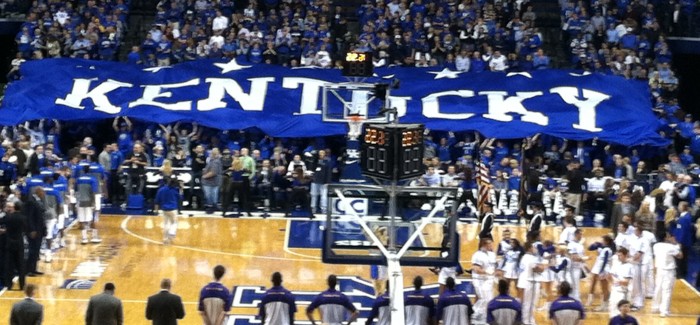
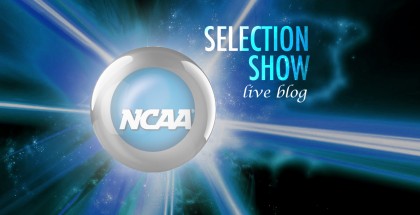
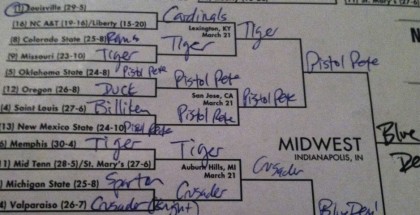
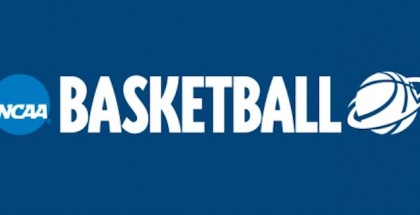
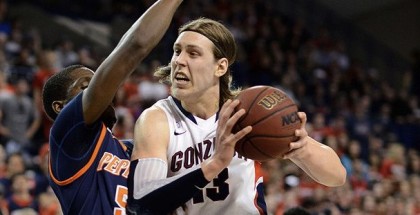
Submit a Comment